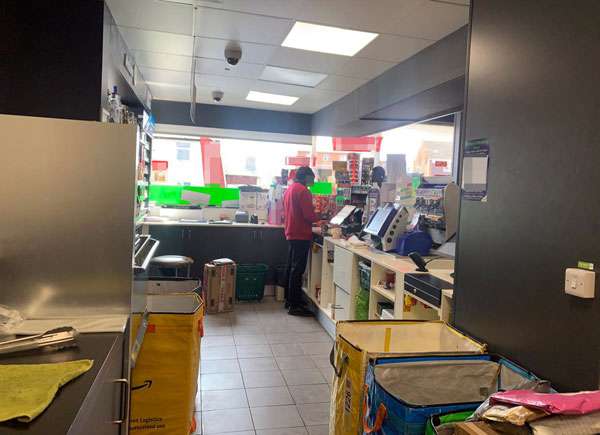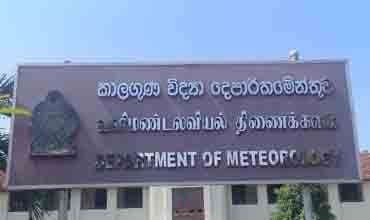A book that gives an insight into and the history of Sri Lanka’s spice industry, the trade and exports written by a pioneer in the spice trade – Gulam S. Chatoor recreates how the posh residential area – Cinnamon Gardens or ‘Kurundu Watte’ in Colombo came to existence from the Dutch era.
This tiny book titled “The Spic(e)y Story” covers the history of the spice industry with some rare pictures and ample information was launched on Monday at the HNB Towers in Colombo. The event was organized by the Spices and Allied Products Producers and Traders Association of Sri Lanka (SAPPTA).
Sri Lanka is one the largest growers of Cinnamon globally and the number one exporter to the world.
According to the book ‘Cinnamon is a native plant in Sri Lanka, grew wild until the Dutch started growing it in plantations. To test as to how the plant would grow, they started to grow in Colombo in the area now known as Cinnamon Gardens. Thus the present day posh residential area was once literally a ‘Kurundu-kelle’ which later became Kurundu-watte – Cinnamon Gardens, Colombo 7 synonymous with the upmarket trends in the capital city.
While tracing the history of Colombo the book indicates that Pettah, once a residential area during the Dutch time, became a trading hub with diverse races – Sinhalese, Moors, Tamils, Parsees, Dutch, Portuguese, Malays and Afghans.
t traces how the word spice derived from the old French word espice which came from Latin root spec. The various spices are described in the book as to its various uses, medicinal value, food additive, used in perfumes, cosmetics, etc.
In this manner, the book analyses Turmeric, Licorice (velmee), Garlic, Fennel, Mustard, Cardamoms, Pepper, Cloves, Nutmeg, and Ginger among other spices.
It explains that Egyptian embalmers had used spices to perfume the corpses of royalty and slow down bacterial decomposition in the process of mummification. Cinnamon had been used to scent the funeral pyres of kings and emperors and the wealthy in the Roman Empire were cremated with cinnamon.
At the end, Mr. Chatoor notes in the book: “When I look back I am amazed to see the change in prices and foreign currency values during the past six or seven decades. After another few decades these prices would be still much higher.” (QP)
You can share this post!
Content

Ajith Gallage, the owner of a Bird Park in Nagarawawa, Hambantota, has been remanded over allegations of concealing illegally imported motorcycles, in a warehouse owned by him.


The final rites of veteran broadcaster, writer, and lyricist Nirmala de Alwis will be held today at Peradeniya.







Leave Comments